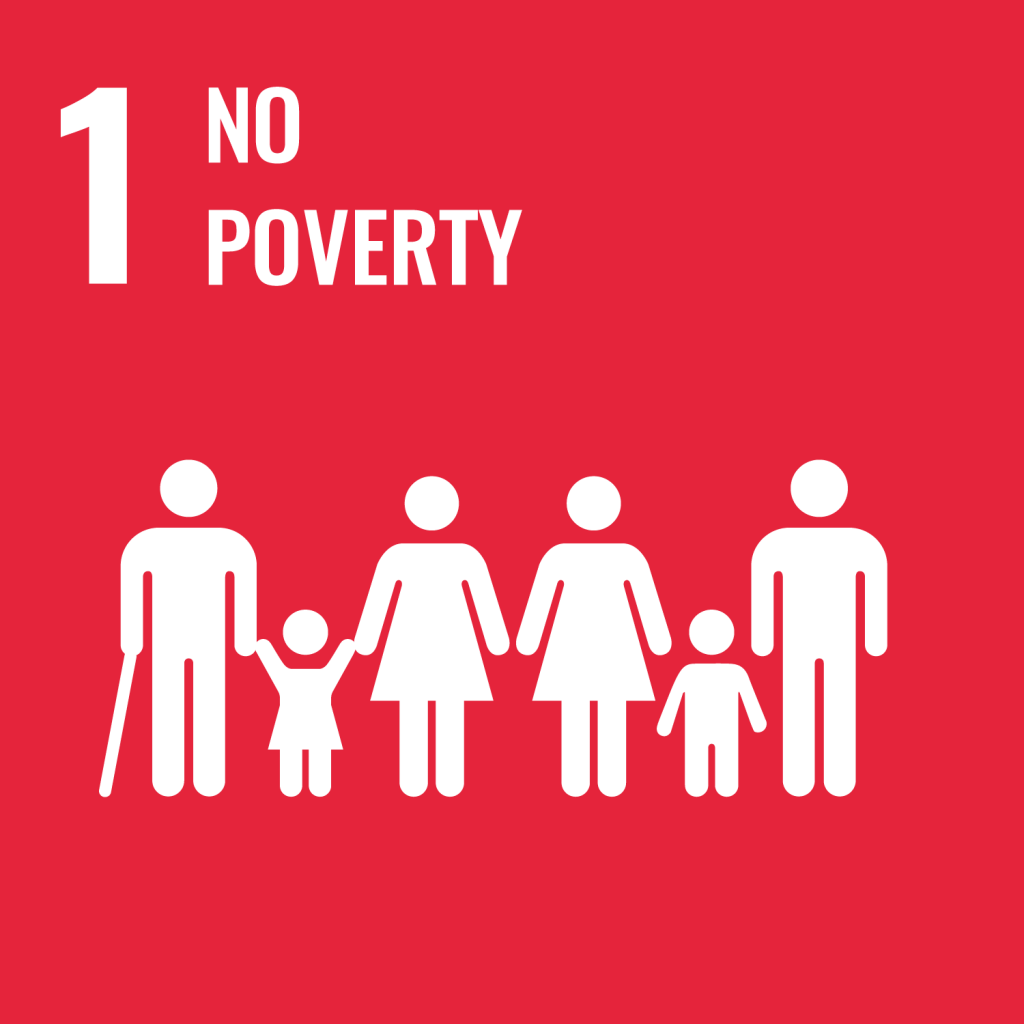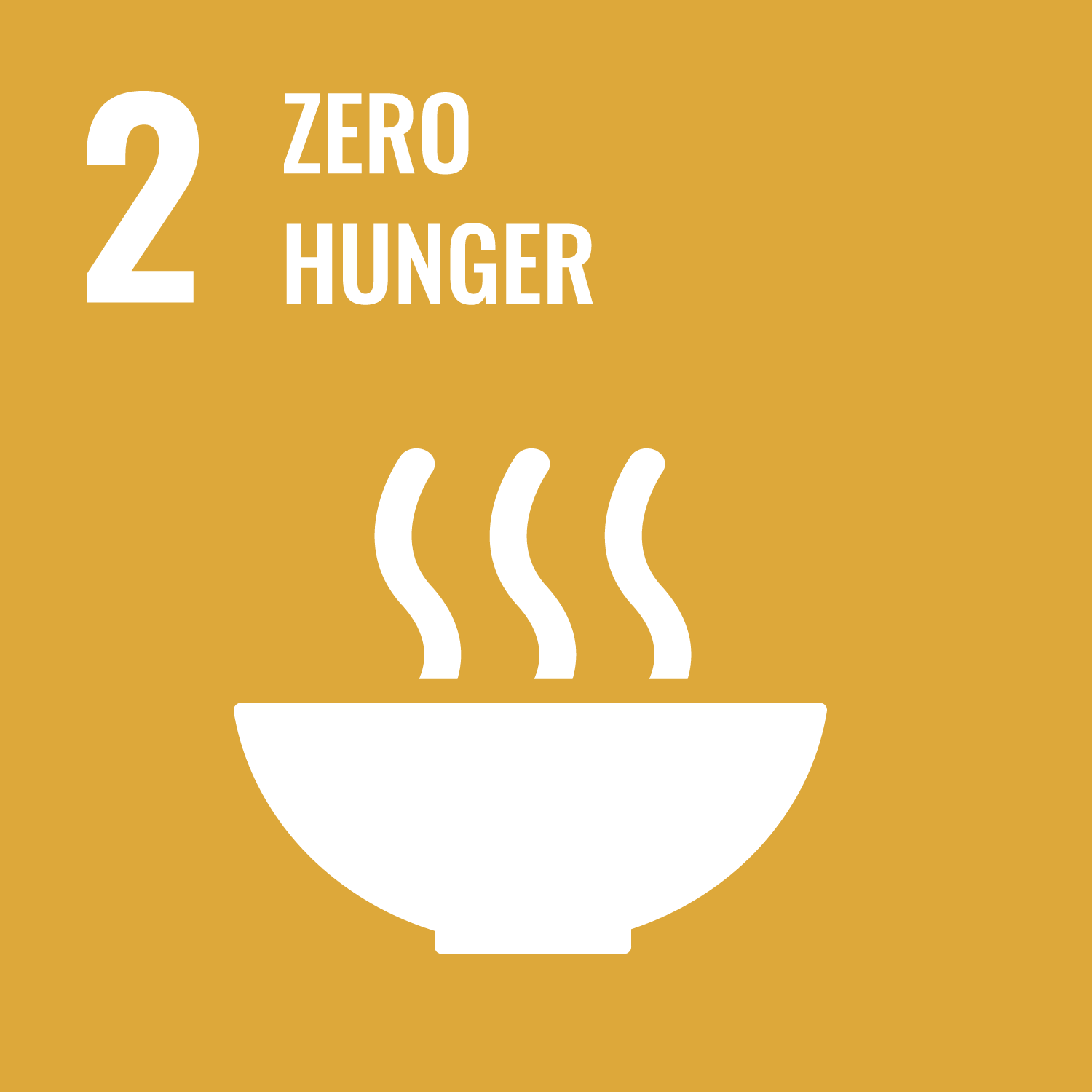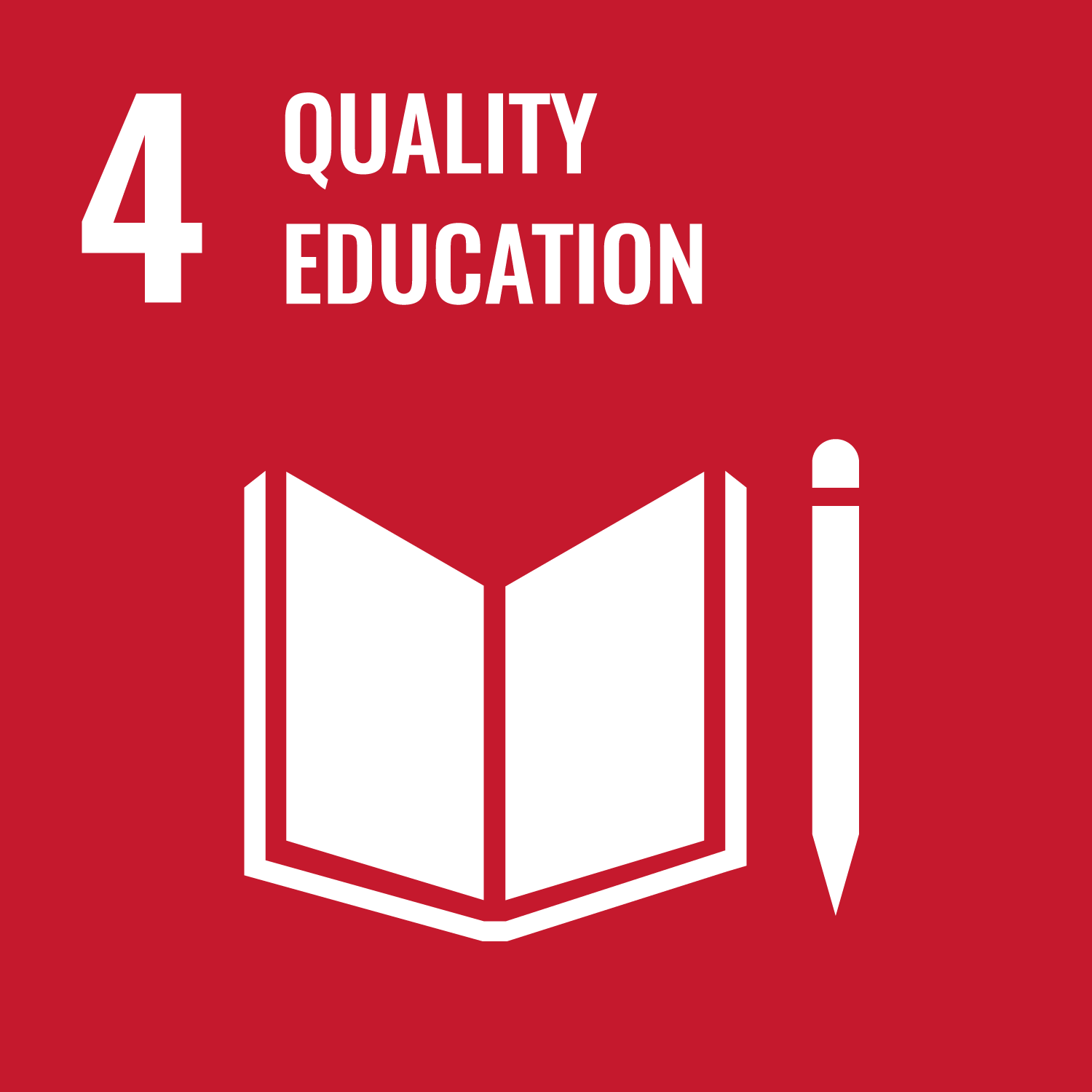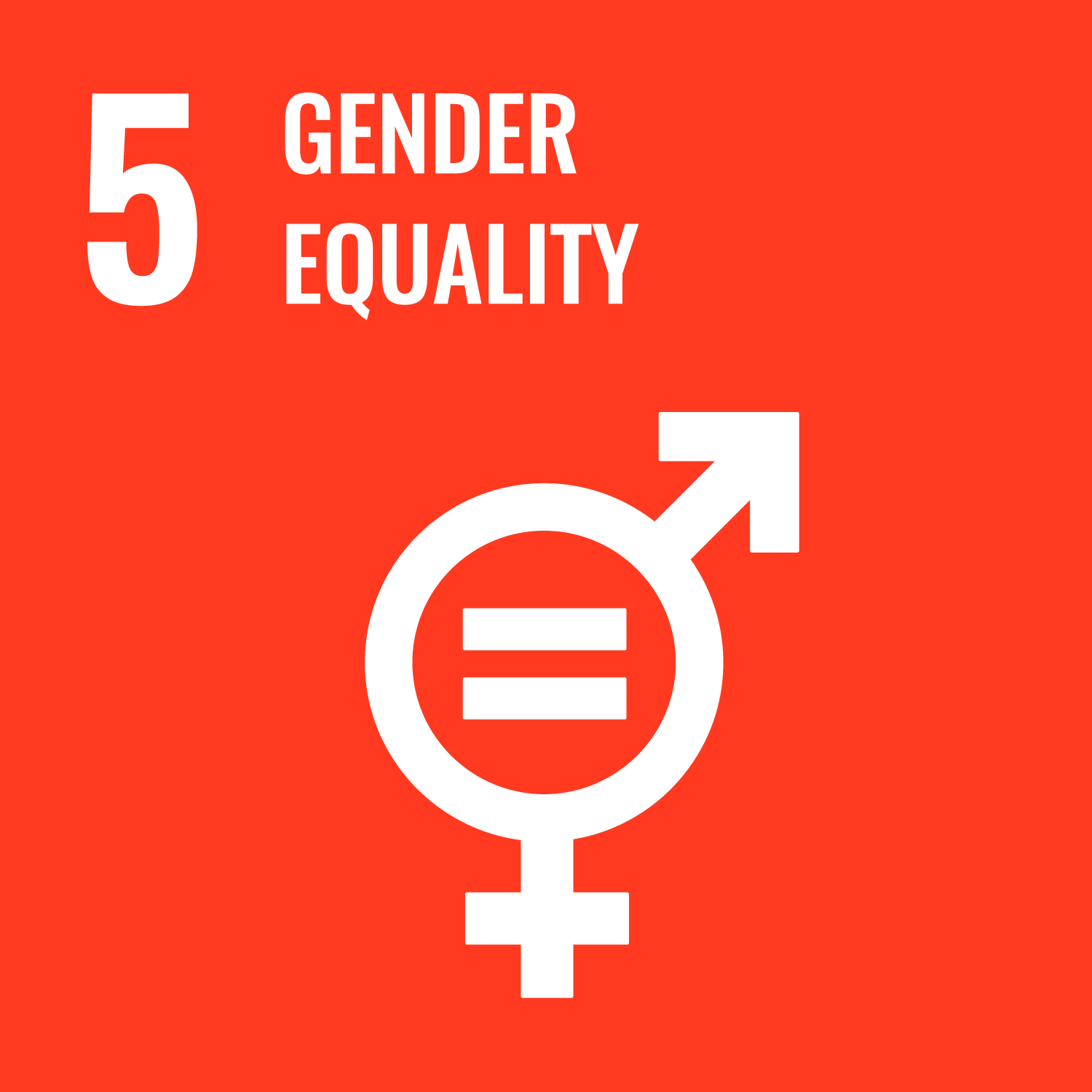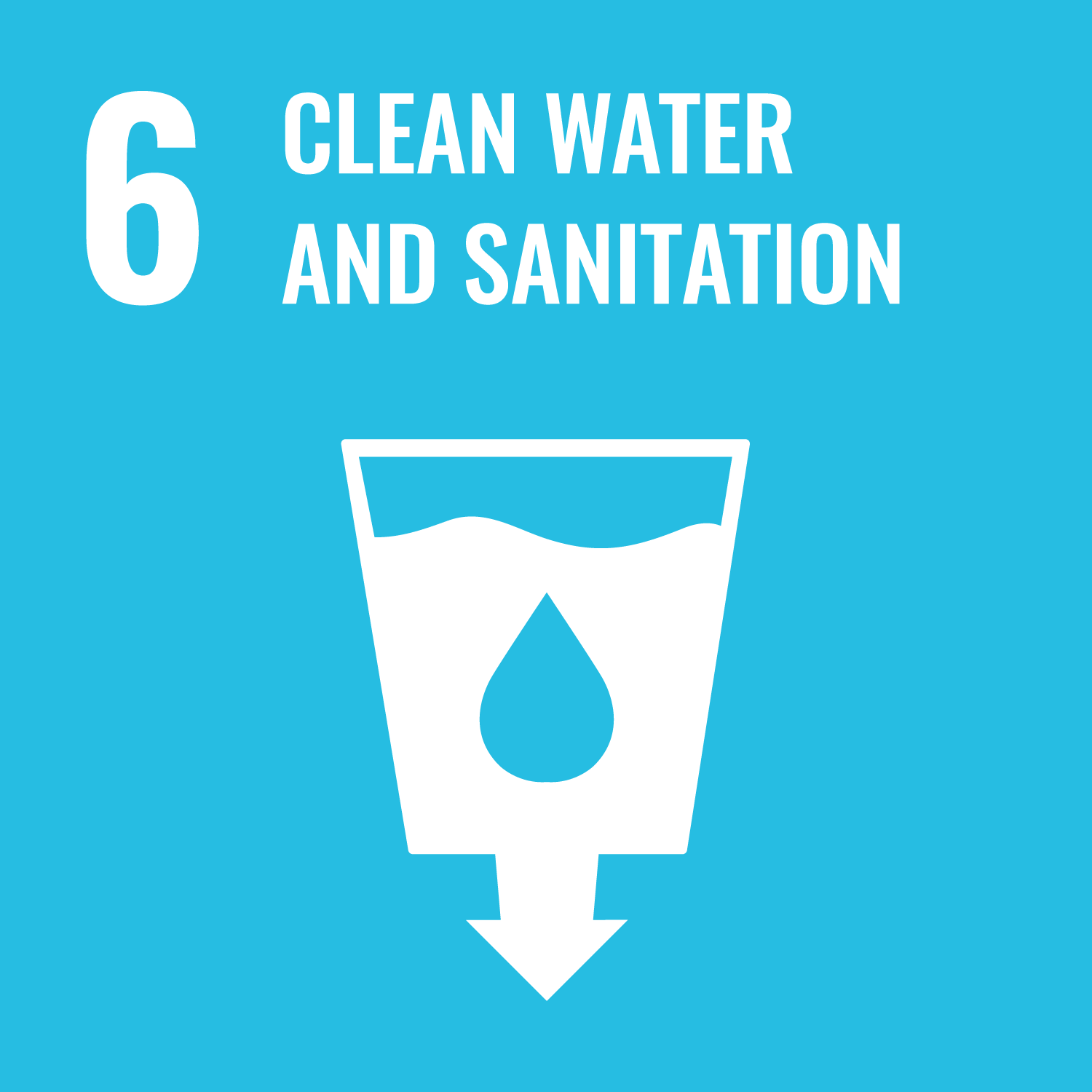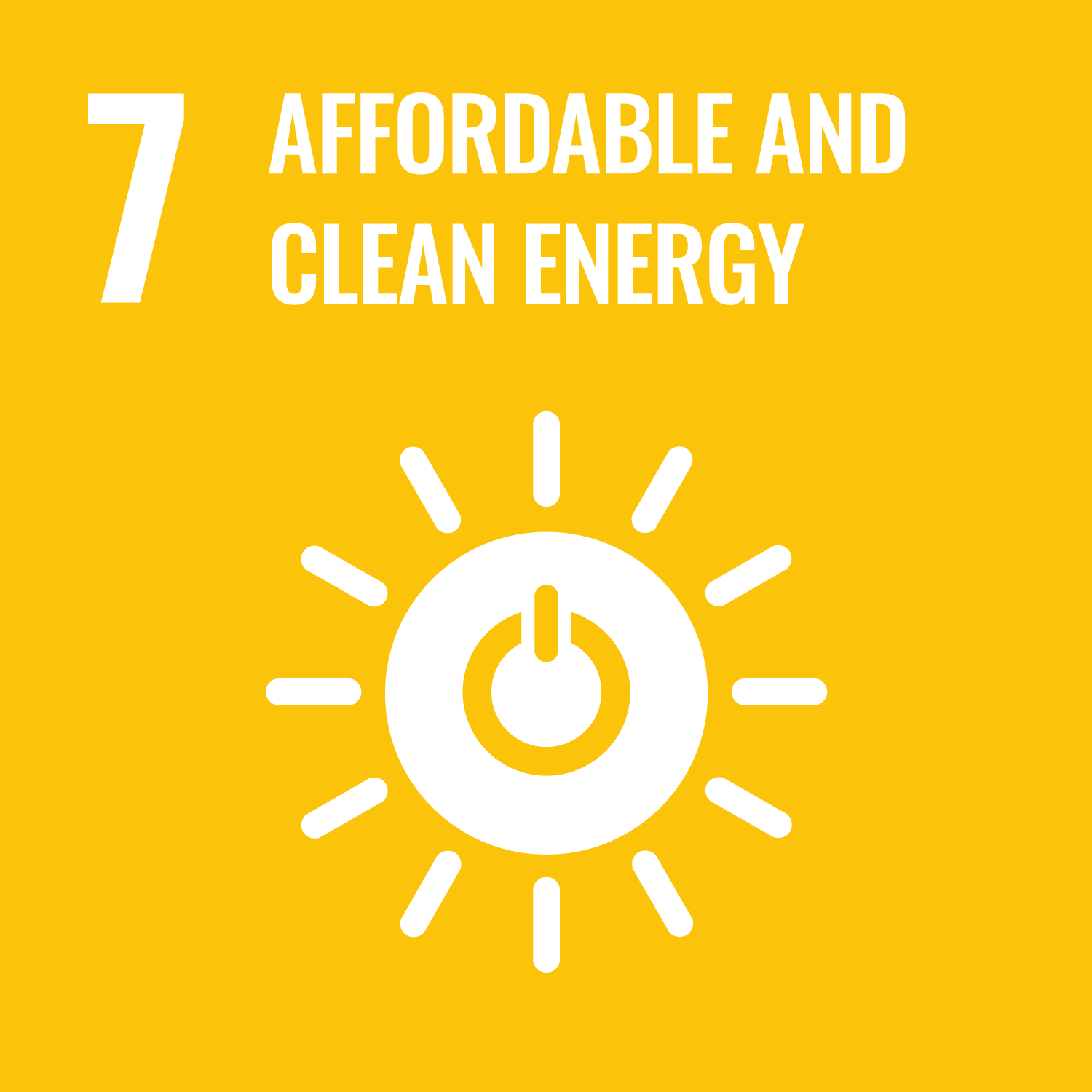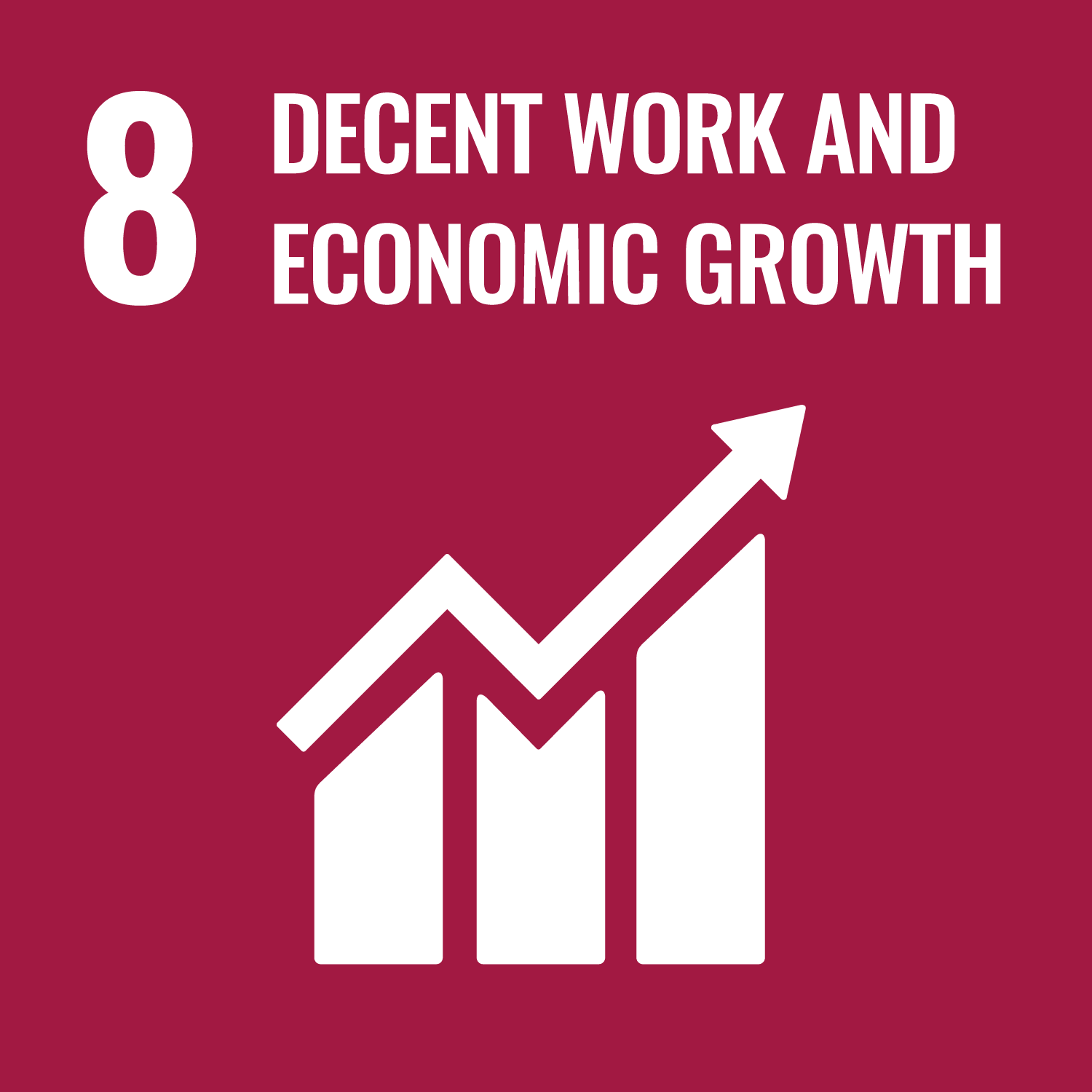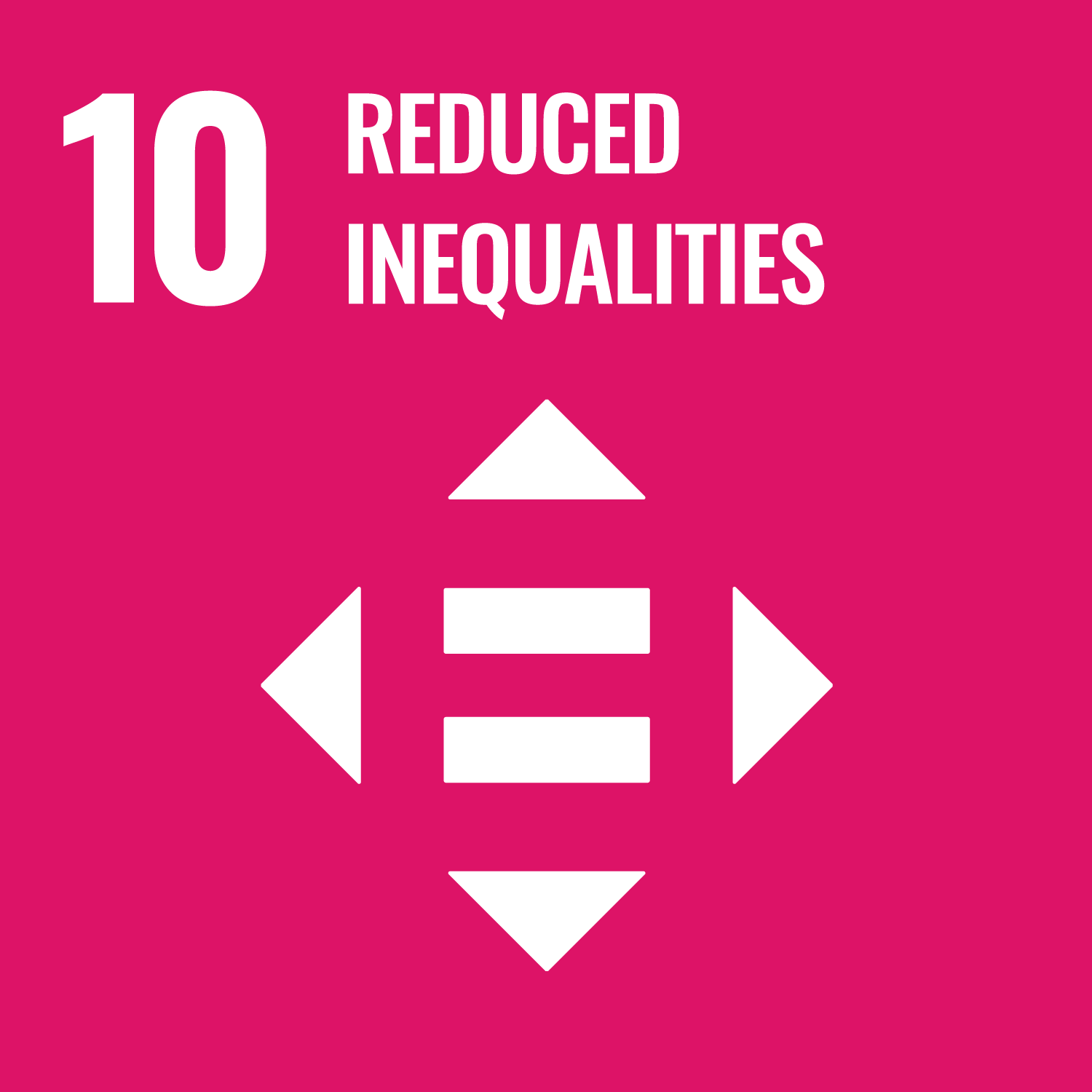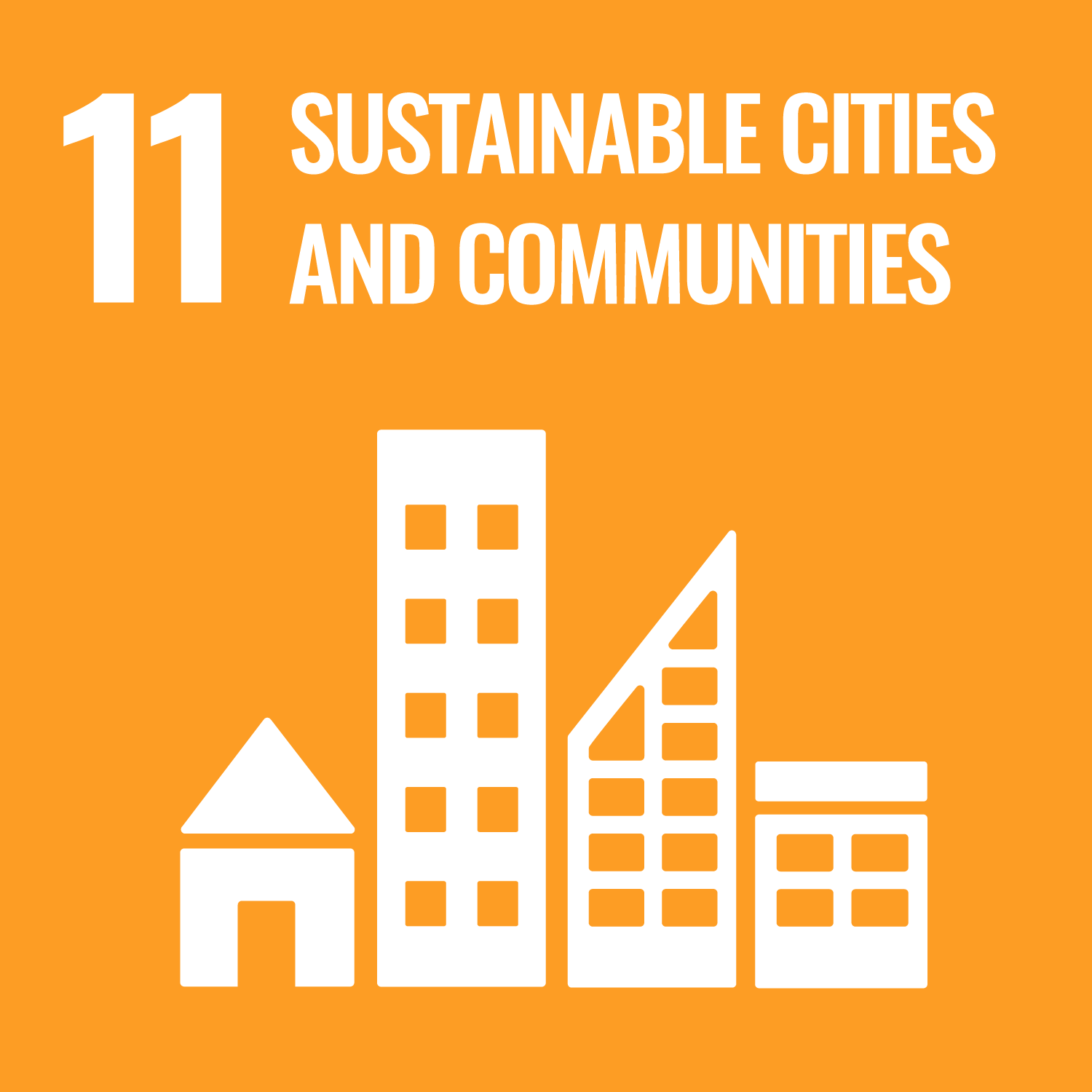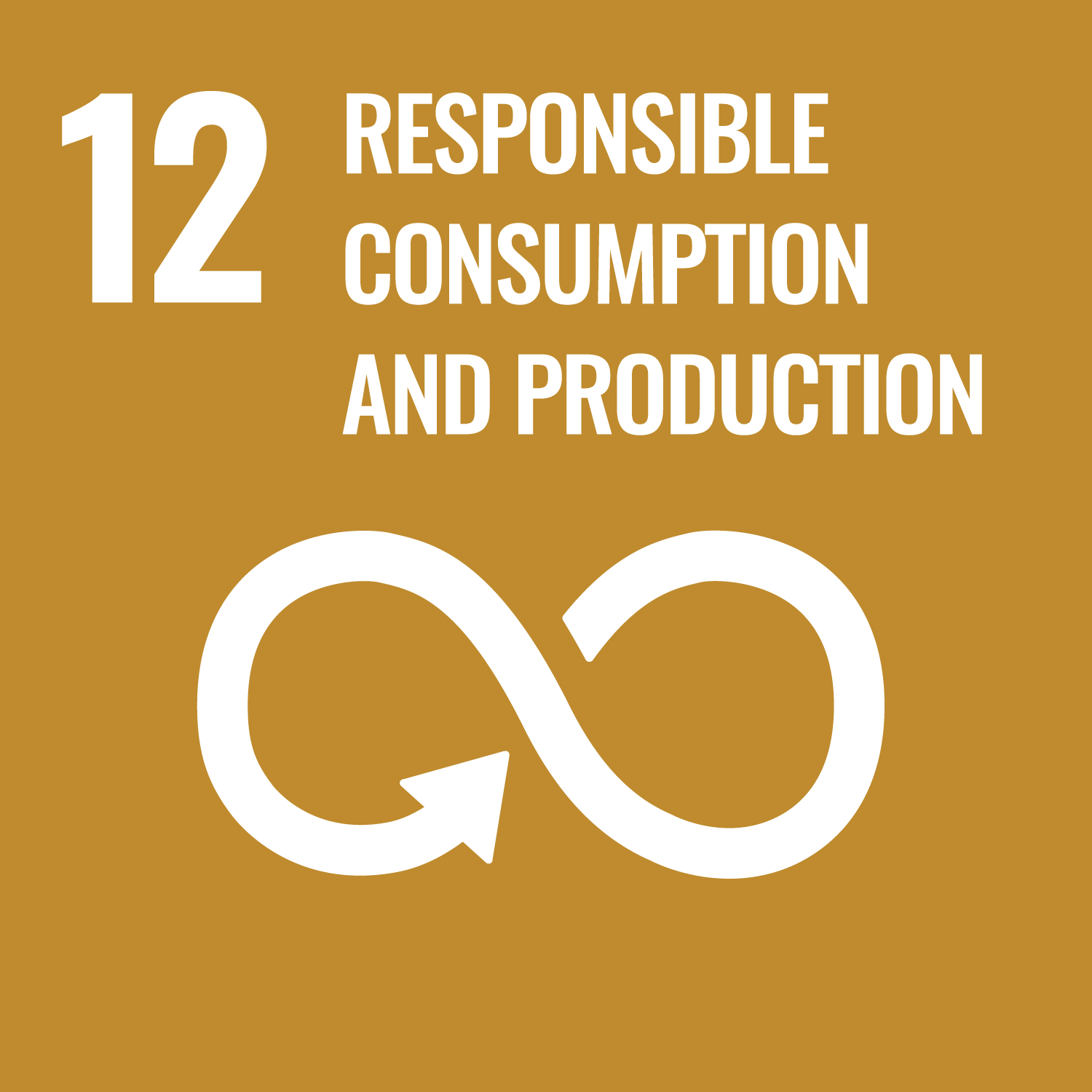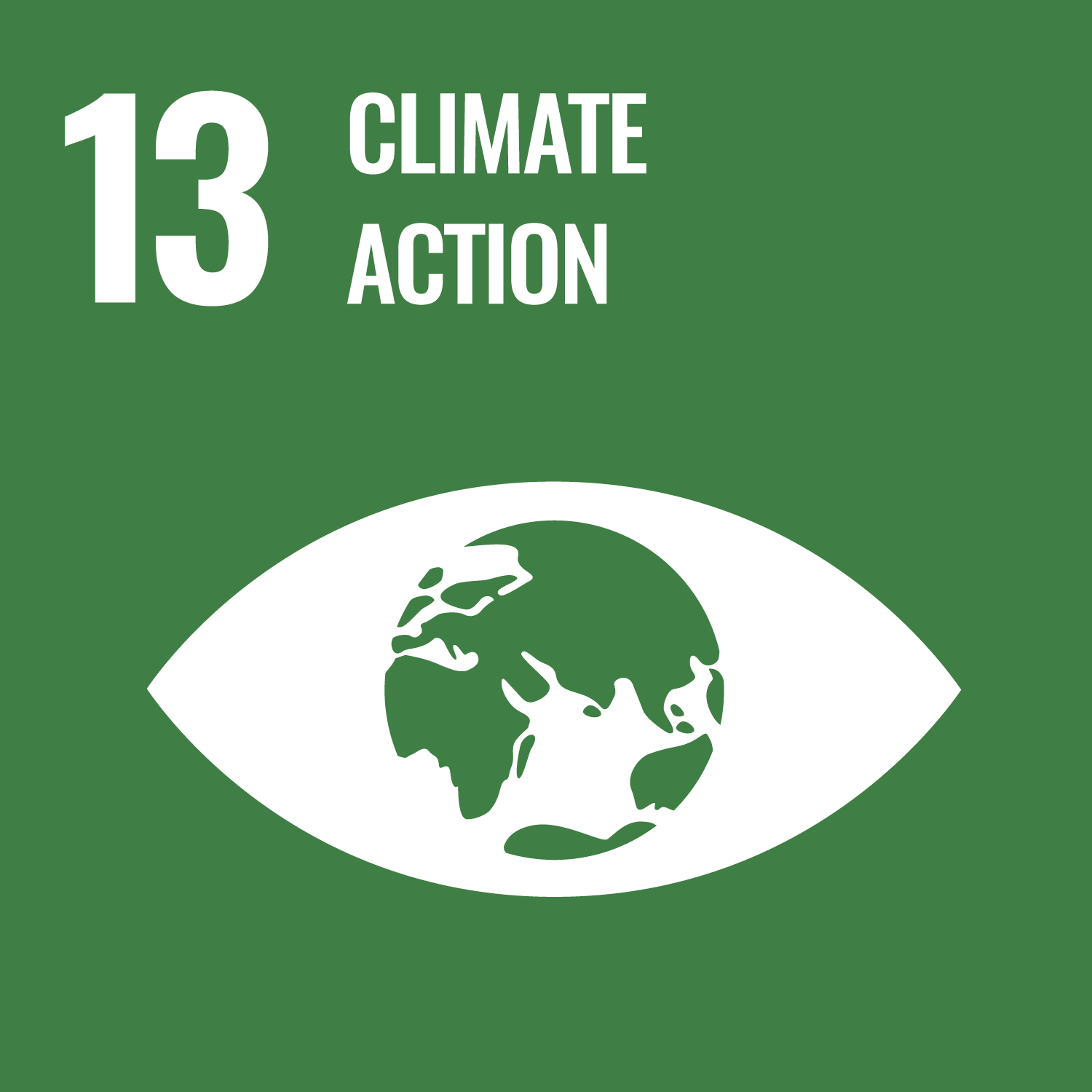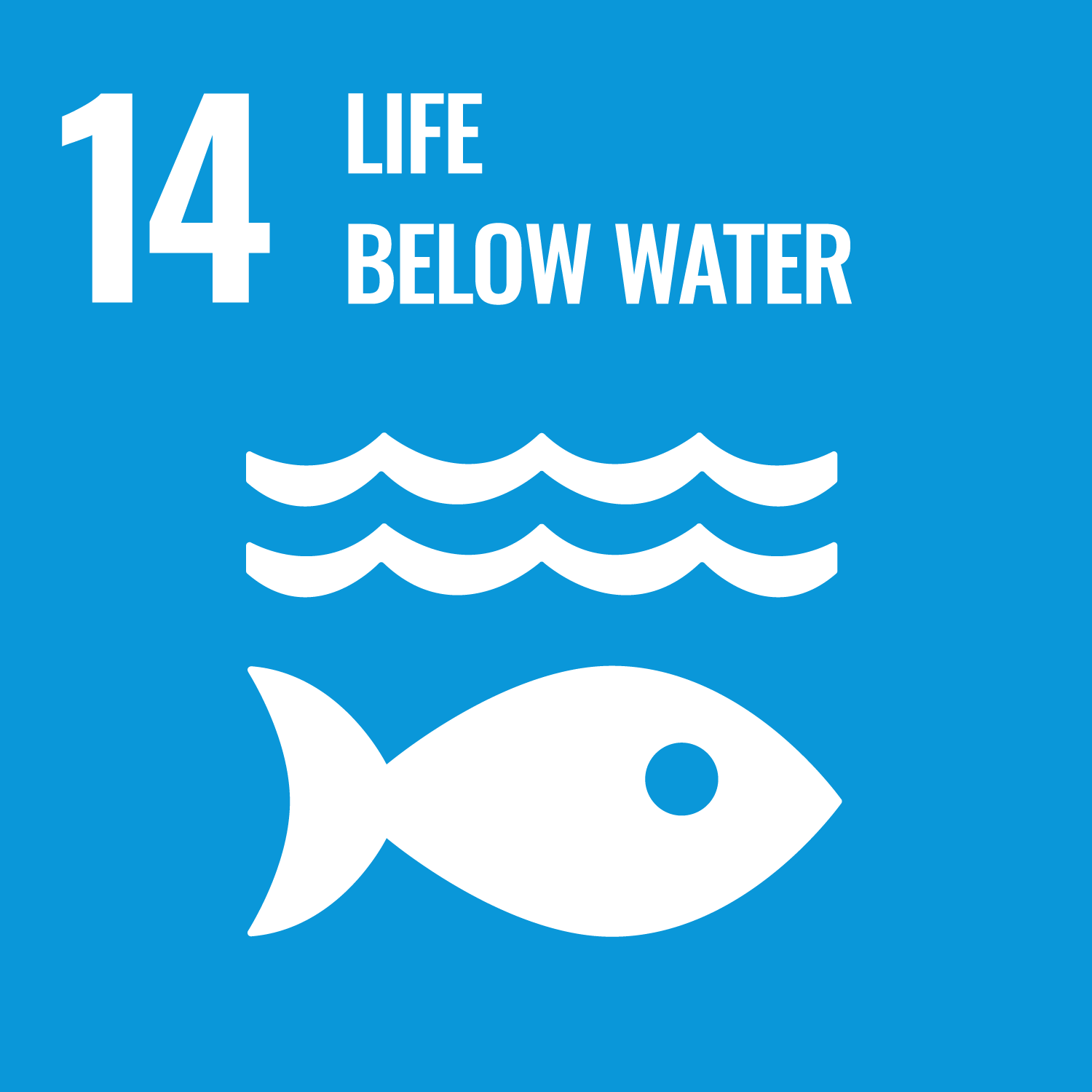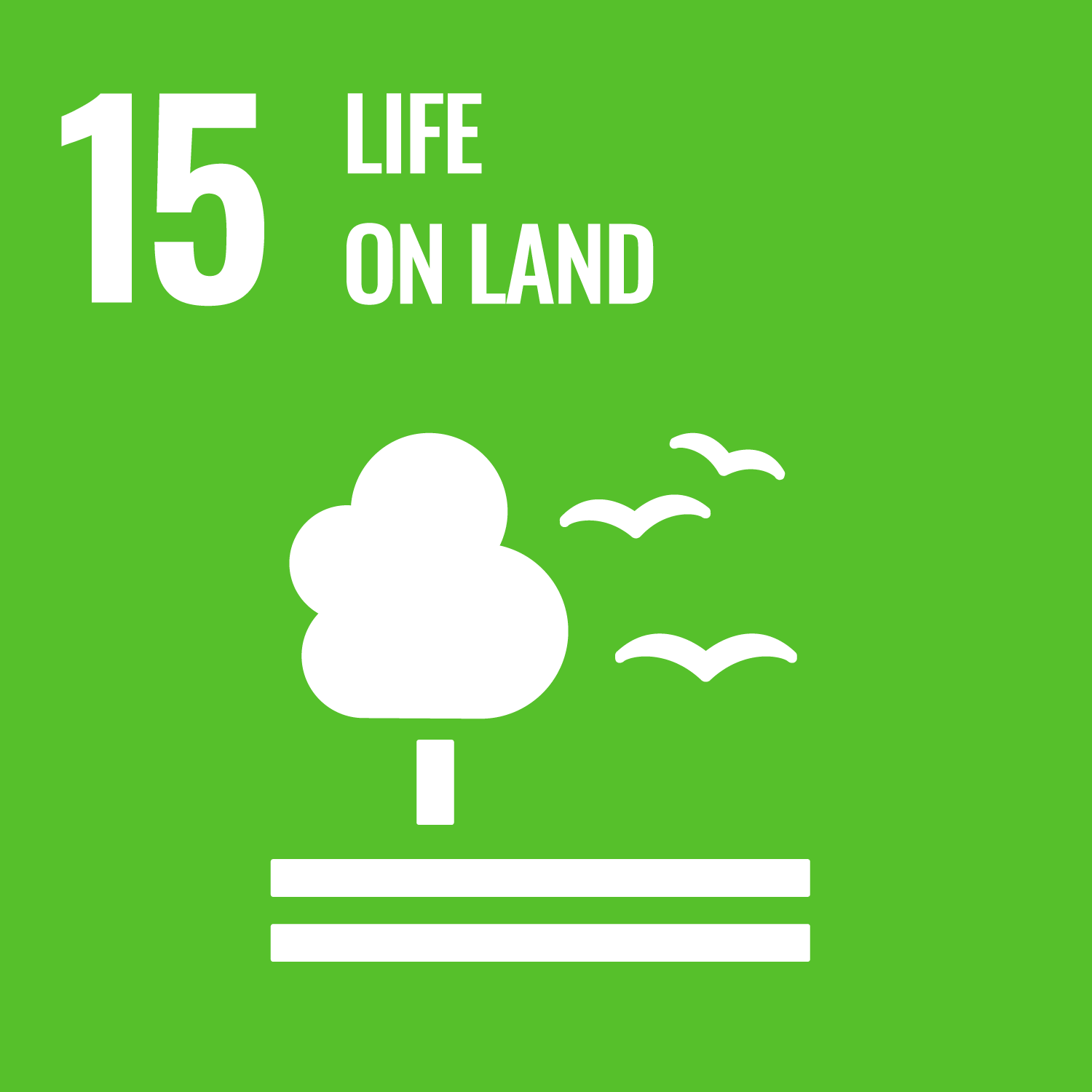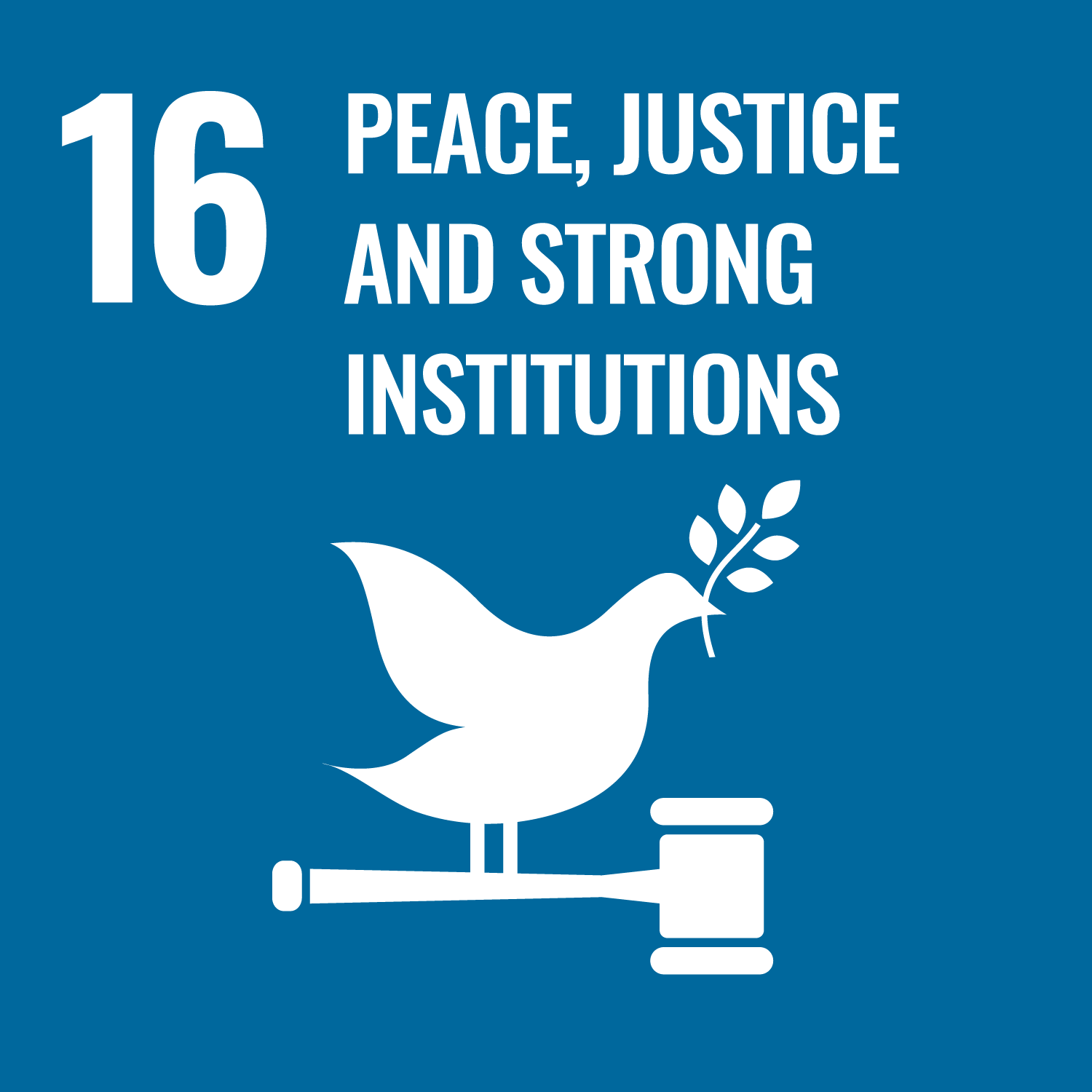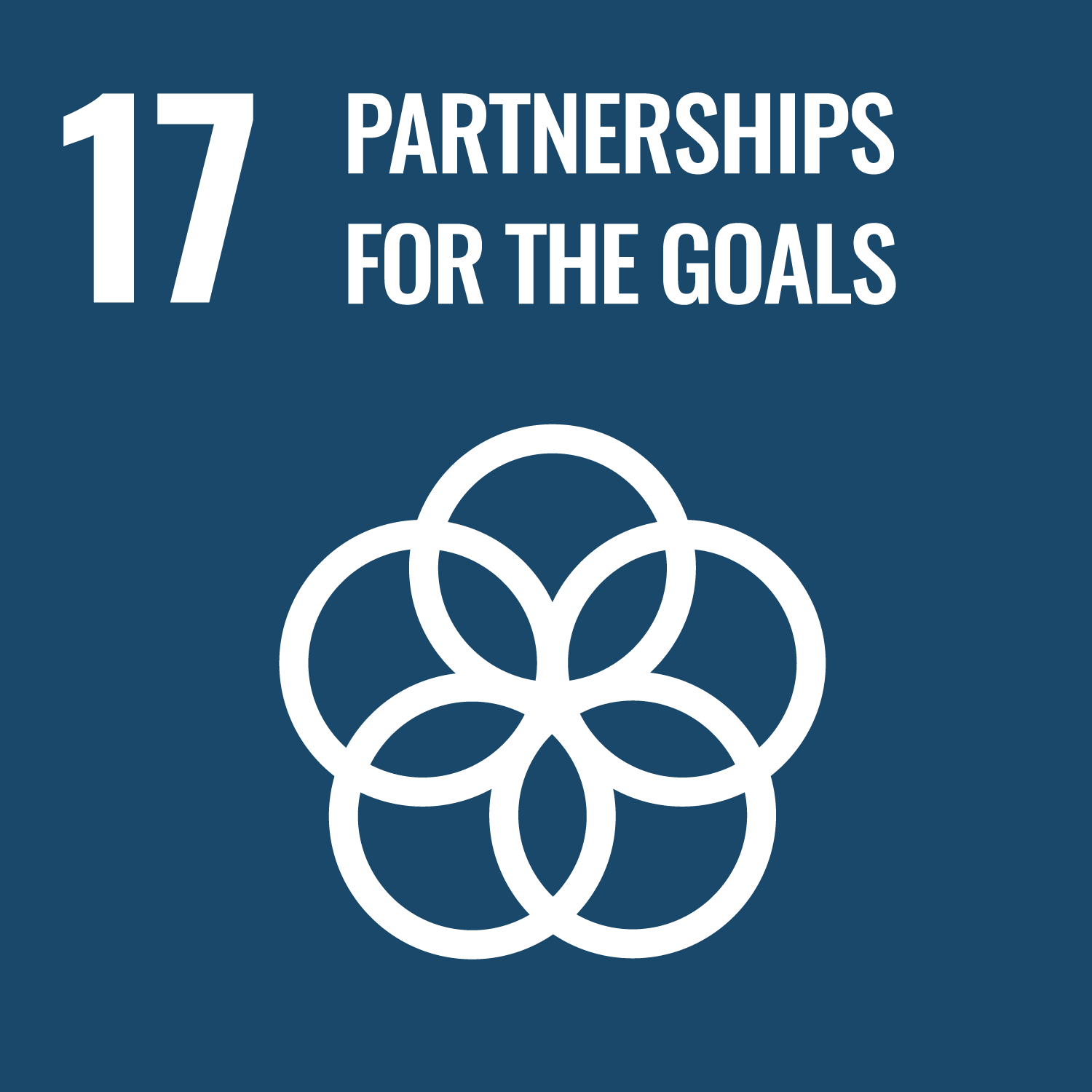The “SDG Mapping” project proposes 17 maps to contribute to the collective debate on the Sustainable Development Goals proposed by the 2030 Agenda
The United Nations has defined 17 goals for development that focuses on environmental sustainability, the inclusiveness of economic growth and the needs of peoples through the 2030 Agenda action program.
SDG Mapping
SDGs Mapping is an initiative through which gisAction intends to contribute to information, dissemination and collective debate regarding the 17 Sustainable Development Goals (SDGs). Global challenges that concern everyone, each in his professional function, as well as in the individual sphere. Multidimensional challenges that the global community leads with results in variable geographies.
“This Agenda is a plan of action for people, planet and prosperity”. “This Agenda is a program of action for people, planet and prosperity.” This is the opening sentence of the Resolution adopted by the General Assembly of the United Nations through which the Global Goals for Sustainable Development were established. The concept of Sustainable Development, therefore, indicates the strategy through which it is intended to re-establish a healthy balance of different elements: human society, environmental resources and economic growth. Therefore, the use of the most advanced geographical tools is fundamental, in particular those that refer to geospatial data. The mapping of data allows to have a broader view of the phenomenon that is being analyzed, to understand the spatial relationship between data and phenomena and to accurately plan the strategies necessary to obtain the expected results.
For these reasons, we believe that the contribution of geographic tools is crucial to the achievement of the Sustainable Development Goals. Our team, through 17 thematic maps, configured a mapping of key indicators, objective by objective, using authoritative data from the Open SDG Data Hub portal published by the United Nations Statistics Division (UNSD).
Explore the SDG Maps
Sustainable Development and Data
To help monitor the progress on the Sustainable Development Goals, we need accurate, prompt, sufficiently disaggregated, relevant, accessible and user-friendly data and statistics. In this sense, the role that information and communication technologies (ICT) and geospatial technologies play in contributing to the fulfillment of the SDGs is fundamental. Geospatial data – thanks to Geographic Information Systems (GIS) – can be exploited not only for map creation, but also as decision support solutions, thanks to their ability to integrate and analyze geographic data, statistics and other information in order to provide clear directions to follow.
The data makes possible to highlight issues that would otherwise risk having little visibility: how many people in the world do not have access to clean water sources? And in which parts of the world? How can we monitor land consumption in cities? These are all questions that are not easy to answer with a lack of data; it ensures a more accurate analysis and a solid knowledge base for necessary awareness raising and more effective response strategy planning.
Why should we engage with projects that support the SDG implementation plan? Because an alternative path does not exist and we are all called to provide our expertise for a sustainable future. Mapping the key indicators that measure the performance in achievement of the 17 goals that we have all committed to reach by 2030, seems inevitable and essential to assess how close or far we are to the goal and to act in an informed and effective way.

